New York City — and The Bronx in particular — have a good record for bicycle safety. Even though over 1.4 million people call The Bronx home, the borough has fewer than 1,000 bicycle accidents reported in a typical year.
But this does not mean the borough has no room for improvement. Under its Vision Zero plan, New York City has undertaken several infrastructure projects in The Bronx to make biking more efficient, more accessible, and safer.
Here is an overview of bicycle safety, infrastructure, and crash stats for The Bronx.
Bicycle Crash Statistics for The Bronx
The Bronx had 791 bicycle crashes reported to the NYPD in 2021. Of these crashes, 398 involved bicycles and 393 involved e-bikes.
Most of the bike accidents in 2021 involved a passenger vehicle, such as a sedan or SUV, hitting a bicycle. But the crashes in 2021 included two collisions between two bikes, three collisions between a bike and an e-bike, and five crashes between two e-bikes.
There were also three truck accidents in 2021 in which a semi-truck hit a bicycle.
Bicycle Accident Injuries and Deaths in The Bronx
In 2021, 277 cyclists were injured in bicycle crashes in the Bronx. Three cyclists died in bike accidents in the Bronx in 2021. Bicycle accidents also injured 74 motorists and killed two motorists.
Bikes also struck pedestrians. Bike accidents injured 44 pedestrians in The Bronx in 2021.
Causes of Bicycle Accidents in The Bronx
Distracted or inattentive driving was responsible for 184 bicycle accidents. This was the most common cause of bike-involved accidents in 2021.
Nearly 80 bike accidents resulted from a failure to yield. In more than half of the accidents, a motor vehicle driver failed to yield. But a significant number of accidents involved a failure by the cyclist to yield.
An improper passing maneuver, such as cutting off another driver or passing too closely, caused 46 bicycle accidents. Drivers who disregarded a traffic control signal caused 55 bike accidents.
Interestingly, only 50 accidents were blamed on cyclist confusion.
Most Dangerous Roads and Intersections for Bicycle Crashes in The Bronx
The Bronx has a relatively low bike accident rate for its population. The accidents it does have tend to cluster along a few roads and intersections.
Some of the most dangerous in The Bronx include:
Brook Avenue and East 149th Street
Even though they provide a major route through the area, neither Brook Avenue nor East 149th Street has a bikeway. This lapse shows in the statistics. Two cyclists were injured, and one was killed at this intersection in 2021.
Brook Avenue and East 156th Street
Both Brook Avenue and East 156th Street lack a bikeway. In 2021, this intersection saw one fatal bicycle accident.
If you doubt the value of bikeways, St. Ann’s Avenue and Willis Avenue (which turns into Melrose Avenue) both run parallel to Brook Avenue. Both of these roads have bikeways. But while Brook Avenue saw two out of The Bronx’s three bicycle deaths, St. Ann’s Avenue and Willis Avenue saw no bicycle fatalities.
Union Avenue and Ritter Place/Maxine Sullivan Way
This intersection brings together two roads without bikeways. Additionally, Ritter Place/Maxine Sullivan Way runs behind a school.
Morris Avenue
Within one block between East 148th Street and East 149th Street, Morris Avenue saw seven bike injury crashes. Unsurprisingly, Morris Avenue does not have a bikeway in this area.
Westchester Avenue
Along the stretch from Prospect Avenue to Simpson Street, 11 bicyclists got injured in 2021. Nearly every intersection along Westchester Avenue was the site of at least one bicycle injury crash. Several intersections had two bicycle injury crashes. Westchester Avenue does not have a bikeway.
Bicycle Infrastructure in The Bronx
Bicycle infrastructure makes bicycling more convenient, more accessible, and safer. Some bicycle infrastructure in The Bronx includes:
Bikeways
The Bronx has over 170 miles of bikeways. Bikeways take three forms:
Shared Lanes
Shared lanes put bikes and cars together in the same travel lanes. But the roads include “traffic calming” systems. These systems force drivers to slow down or find a different route if they want to go faster.
According to the most recent bike maps, The Bronx does not have any shared lanes.
Bike Lanes
Conventional bike lanes separate bicycle traffic from vehicle traffic with painted lines on the road. Since these lanes lack a physical barrier, bikes can cross into traffic, and vehicles can cross the bike lanes.
Some major roads in The Bronx with bike lanes include:
- Grand Concourse
- Willis Avenue
- St. Ann’s Avenue
- Prospect Avenue
- University Avenue
Although these roads see heavy vehicle and bicycle traffic, the bike lanes saw no cyclist fatalities in 2021.
Greenways
Greenways separate bicycle traffic from vehicle traffic. They can do this with a physical barrier separating bikeways from roadways. They can also do this by providing a separate multi-use path that prohibits motorized traffic.
Greenways in The Bronx include:
- Mosholu Park Greenway
- Bronx River Greenway
- Pelham Parkway Greenway
- Soundview Park Greenway
These greenways provide both a commuting route and a recreation route for cyclists.
Bike Sharing
Citi Bike provides a subscription-based bike-sharing program. It has good coverage west of The Bronx River. The company has plans to expand further into The Bronx over the next year.
Bike Transit
The trains and ferries operating in New York City are bike-friendly. But most buses do not allow bikes. However, NYC has been diligently installing bike corrals and racks for cyclists to lock up their bikes. And the “Bikes in Buildings” law requires landlords to provide a process for tenants to request building access for their bikes.
The Future of Bicycle Safety and Infrastructure in The Bronx
New York City will continue to invest in bicycle safety and infrastructure under its Vision Zero plan. Under this plan, bicyclists and other vulnerable road users stand on equal footing with motorists. Through this plan and other green initiatives, bicycling will become easier, safer, and more convenient throughout The Bronx.
For more information, see our benchmarking report and more information on past benchmarking reports.

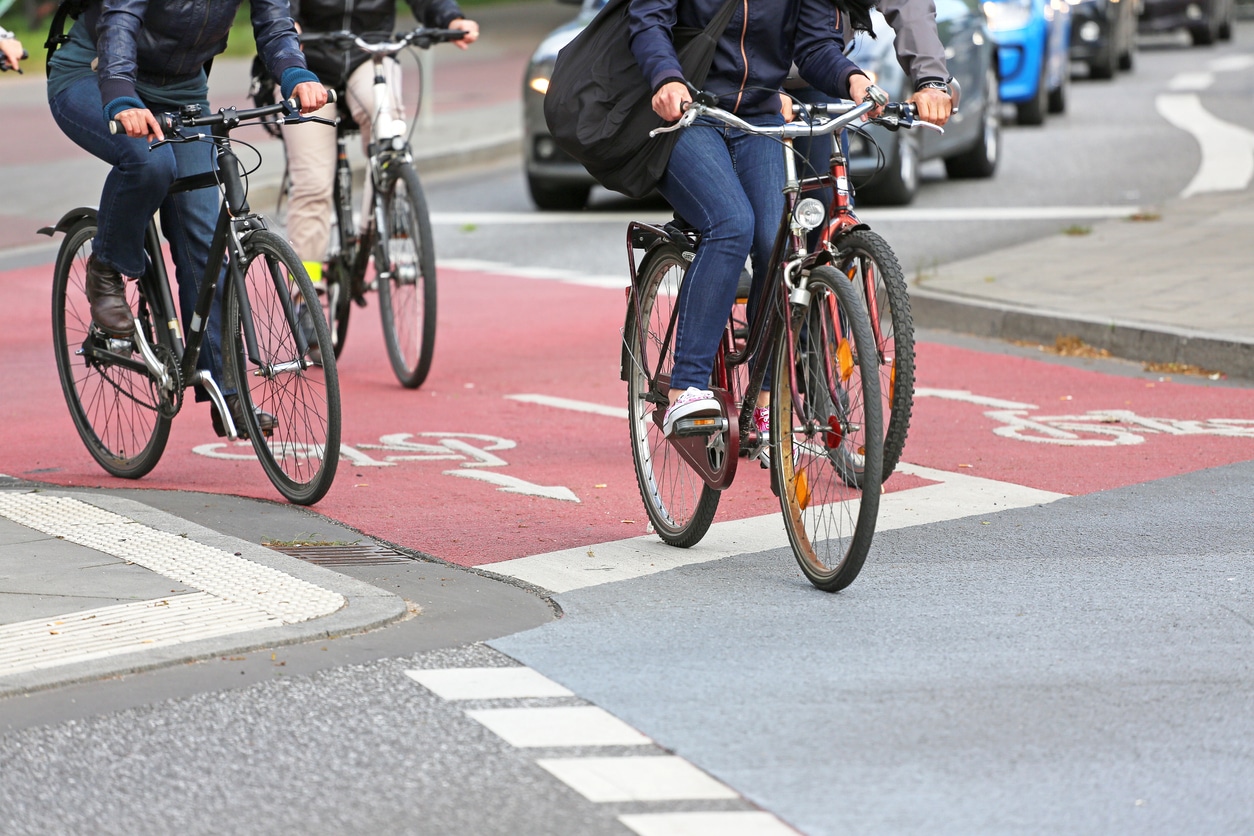
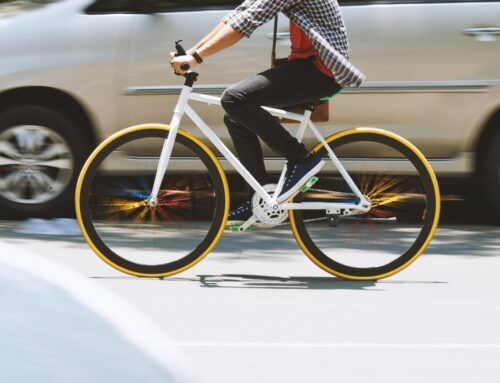
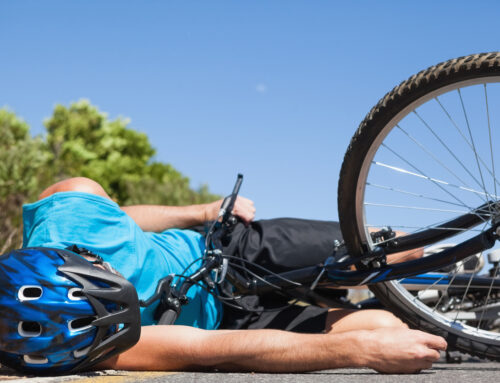
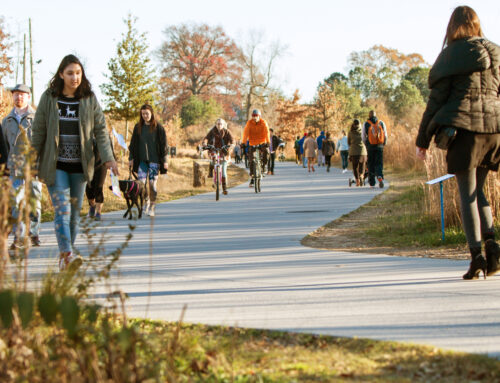
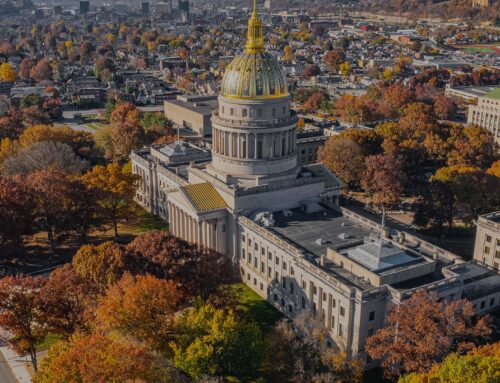
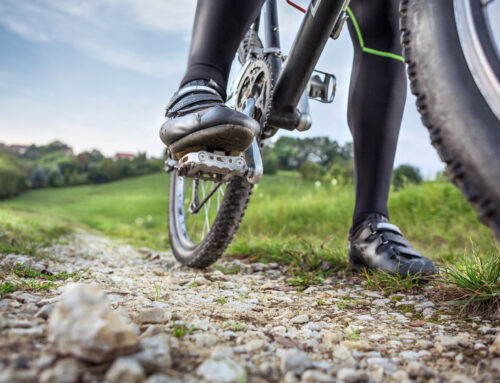
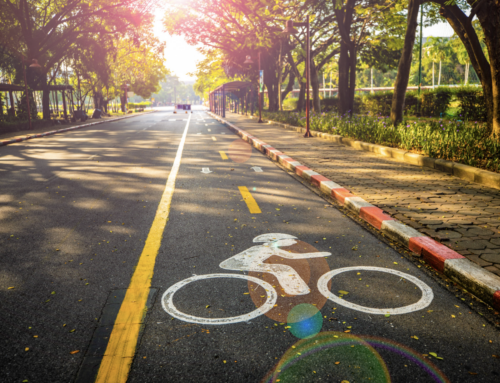
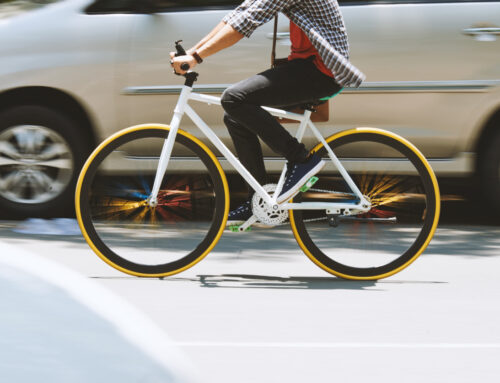
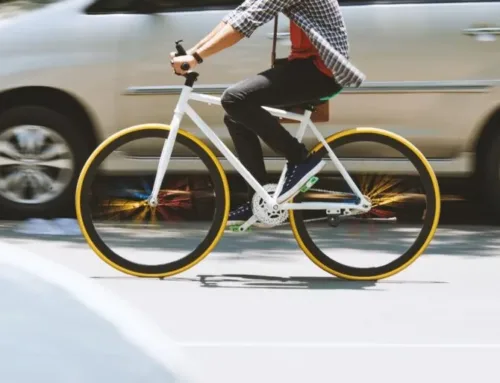
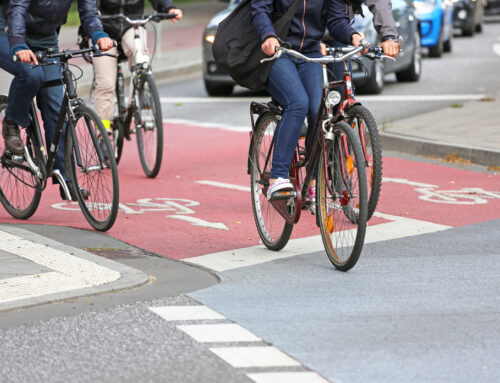
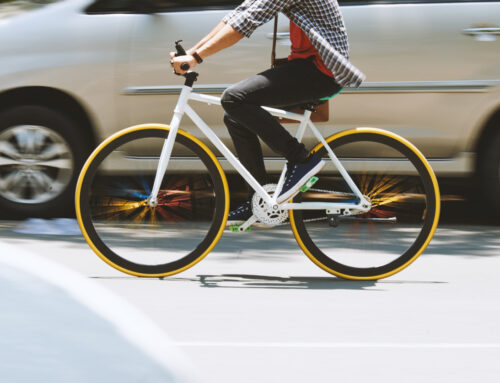
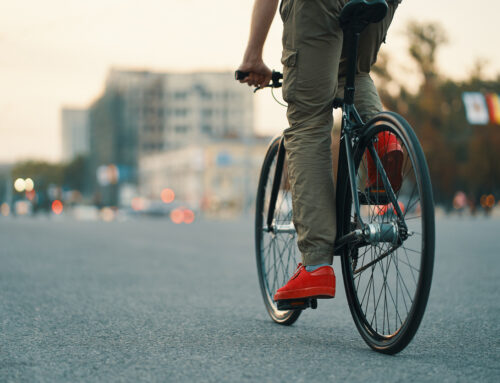
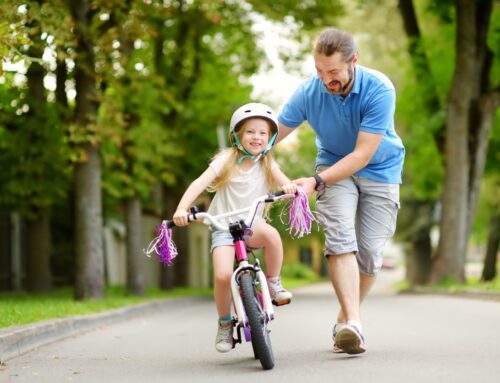
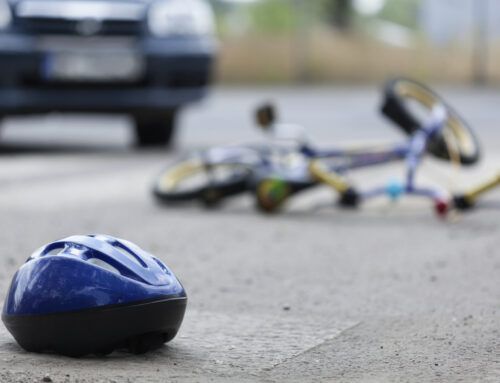
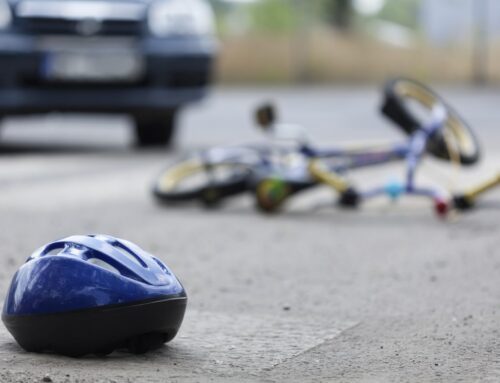
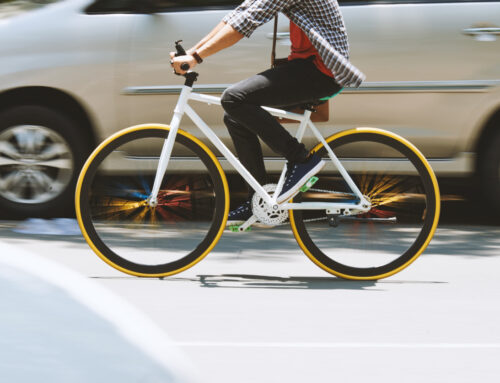

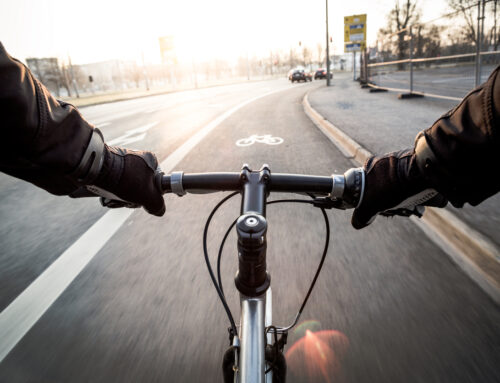
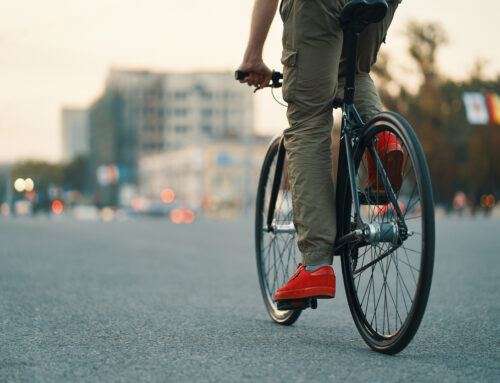
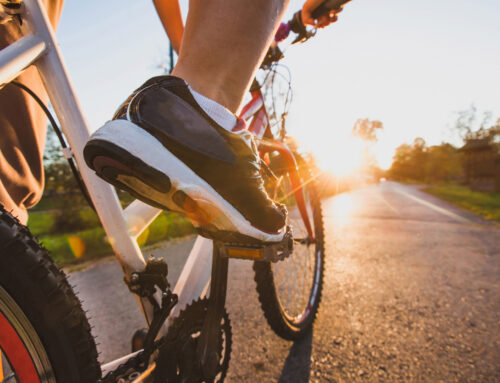
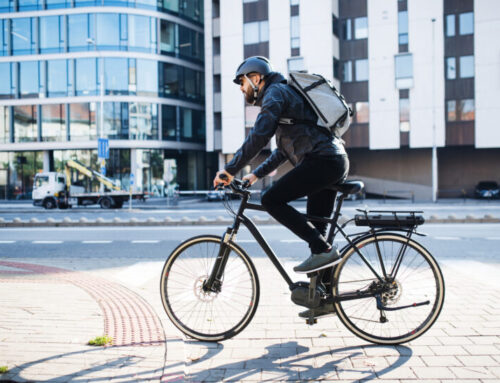
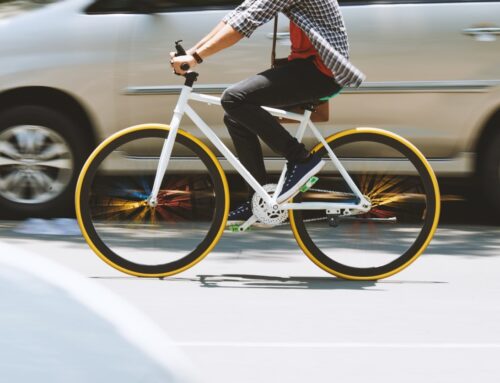
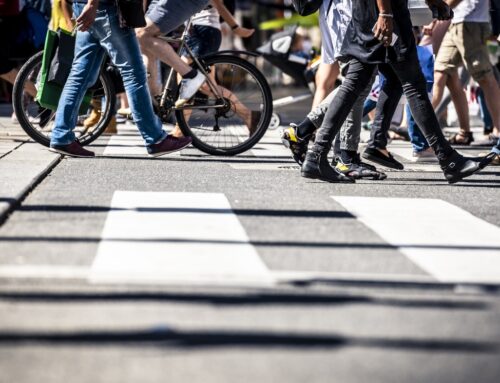
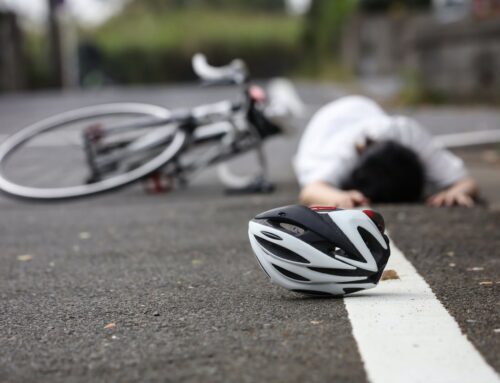
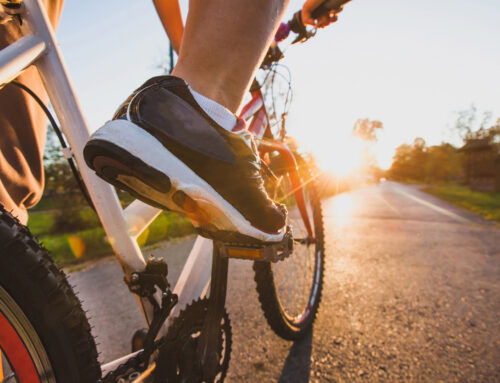
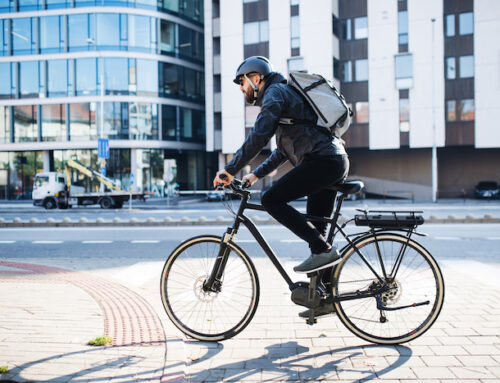
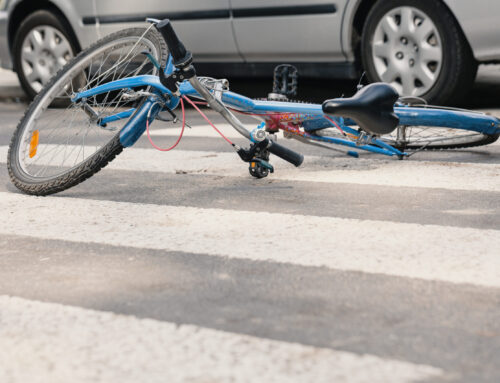
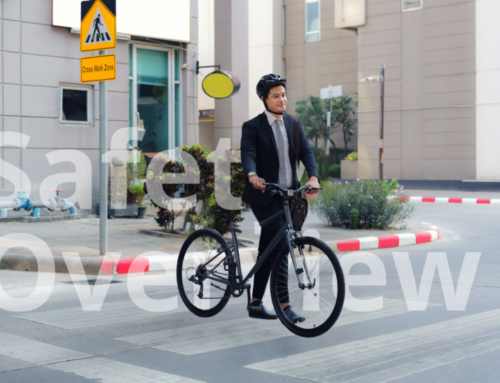
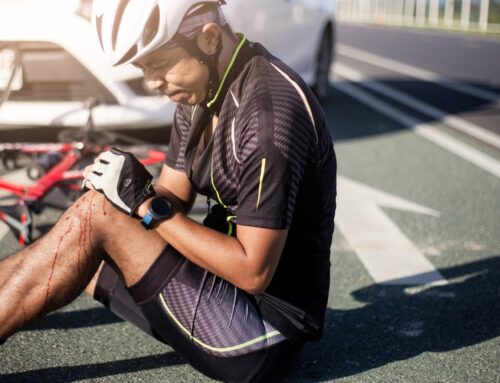
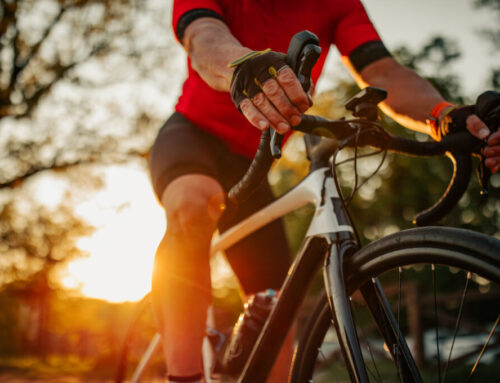
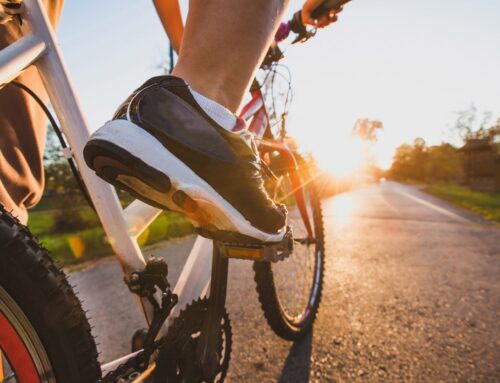
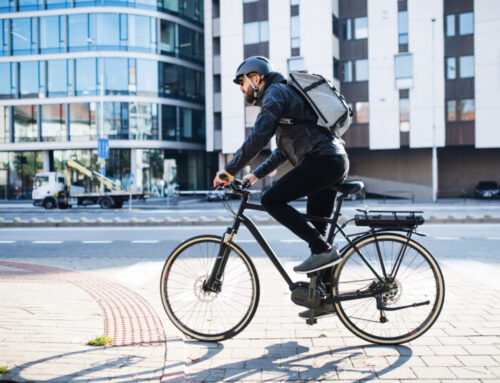
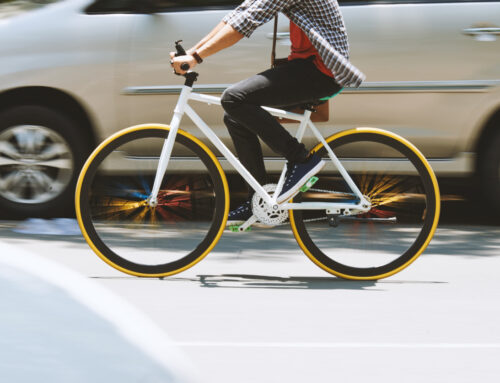
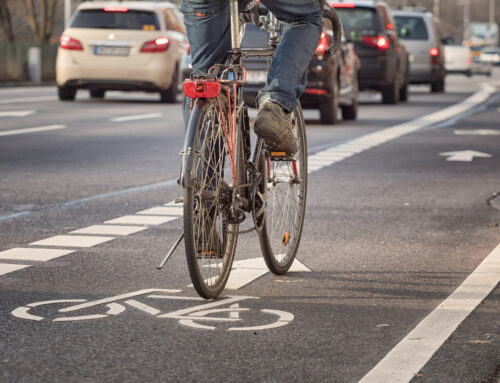
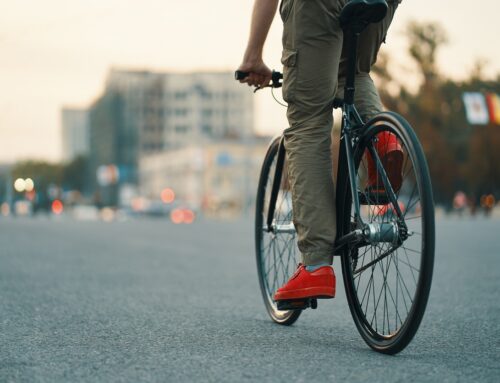
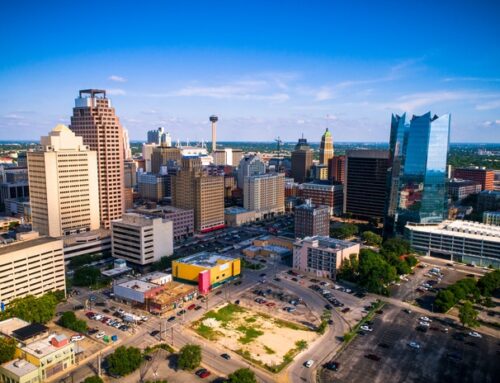
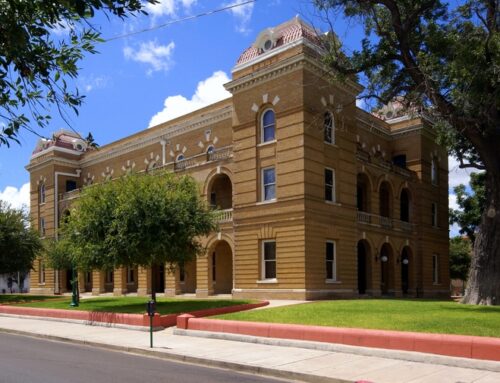
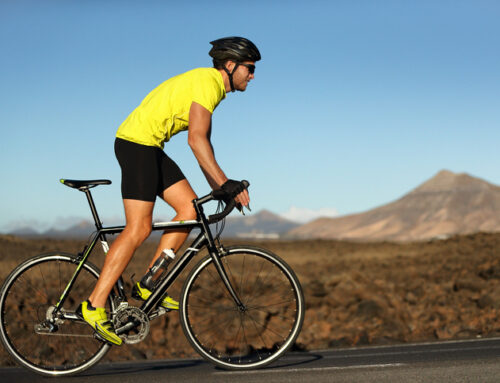
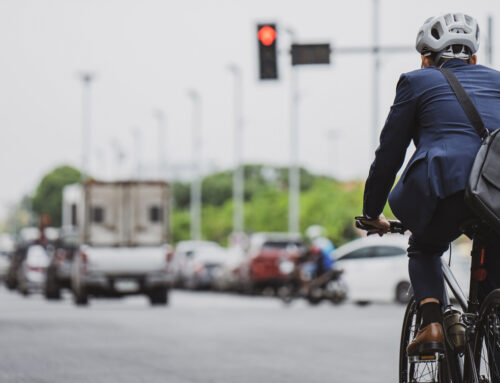
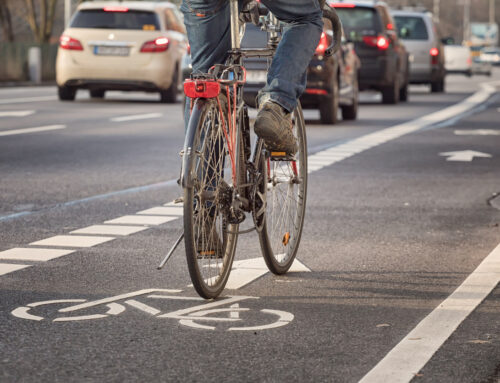
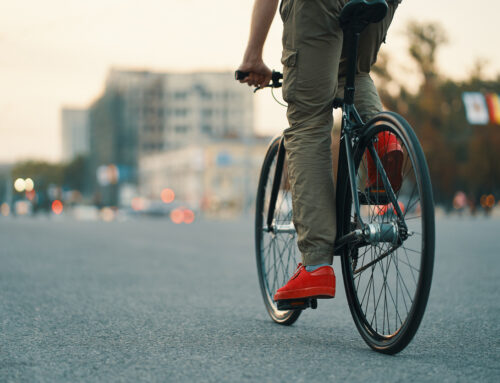
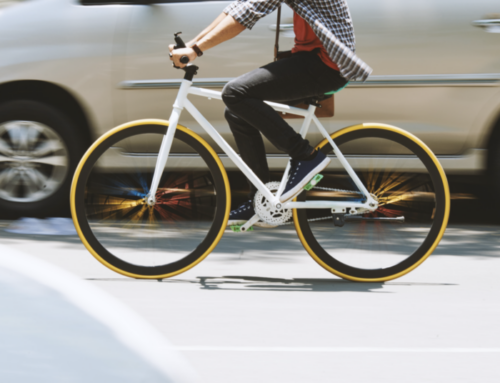
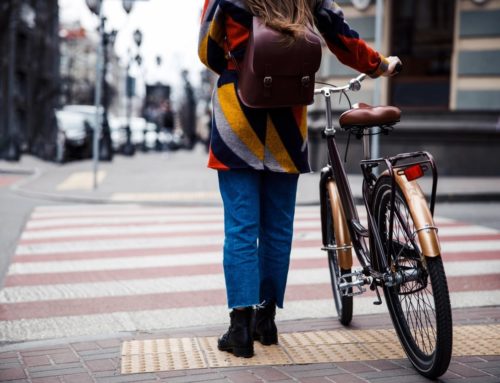
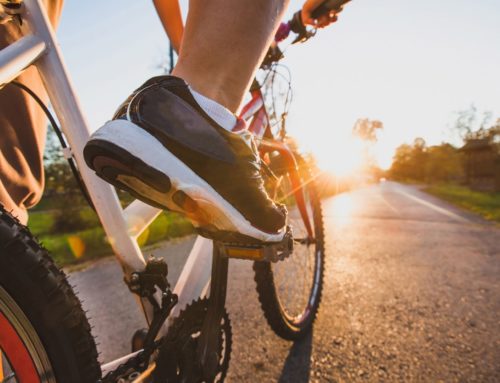
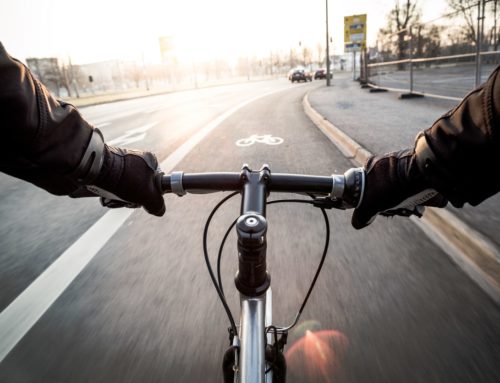
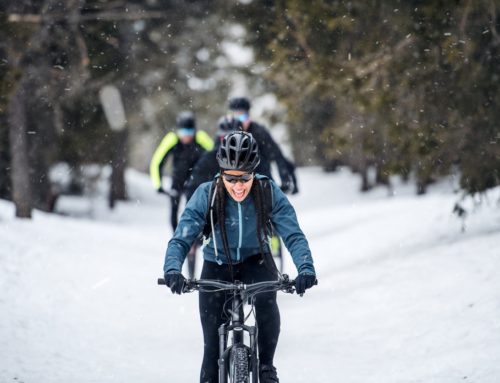
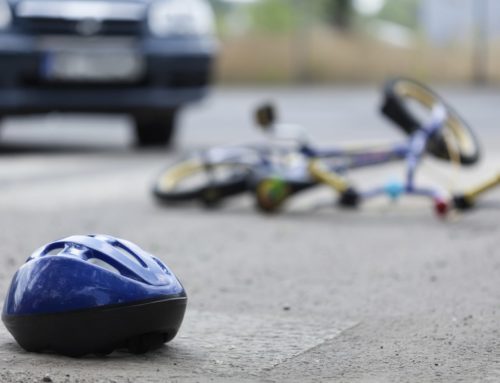
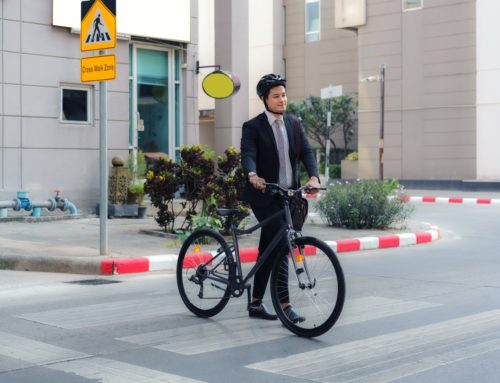
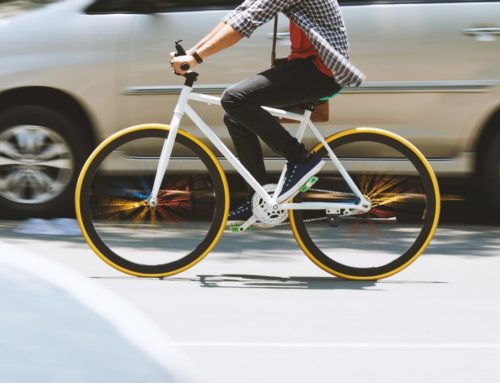
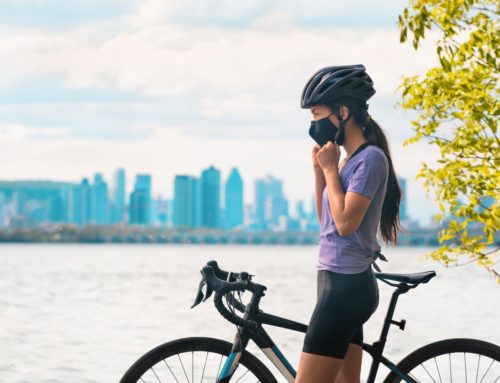
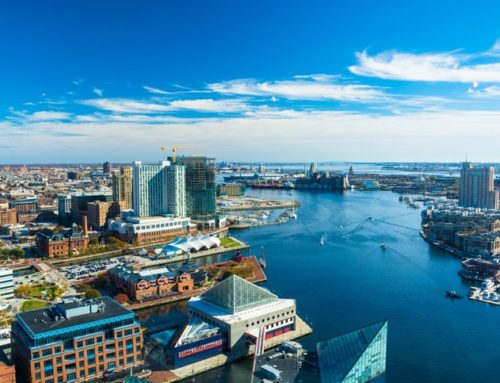
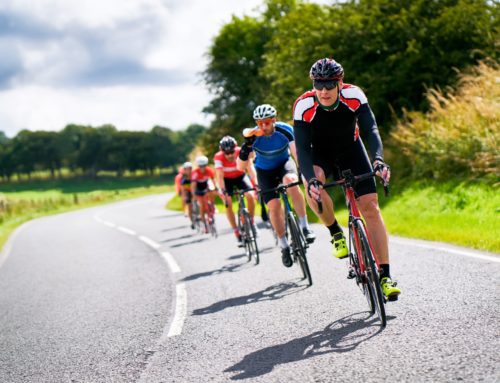
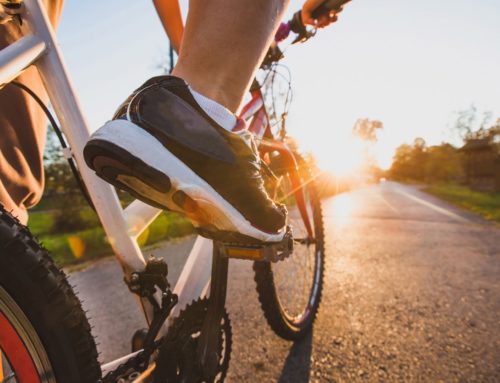
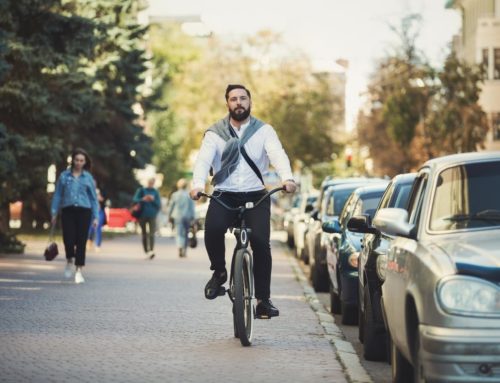
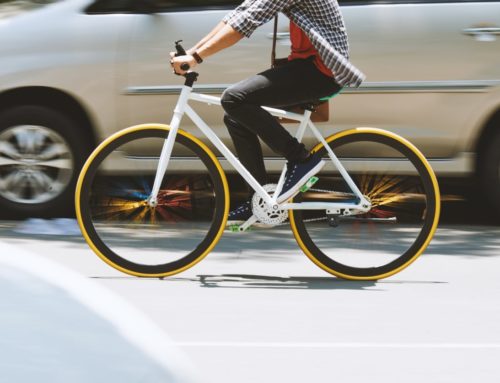
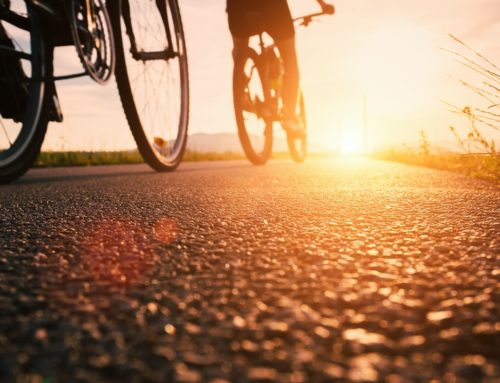
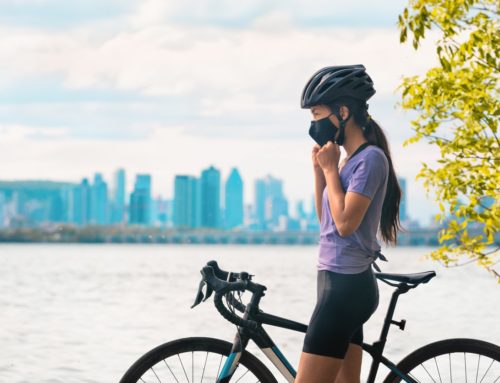
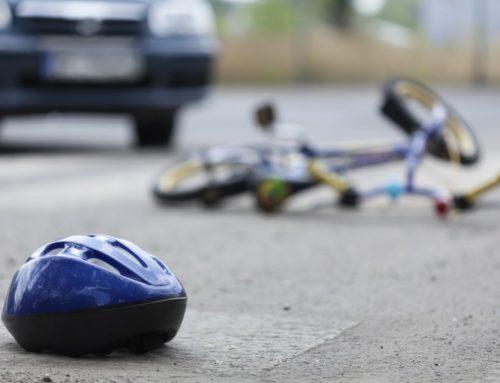
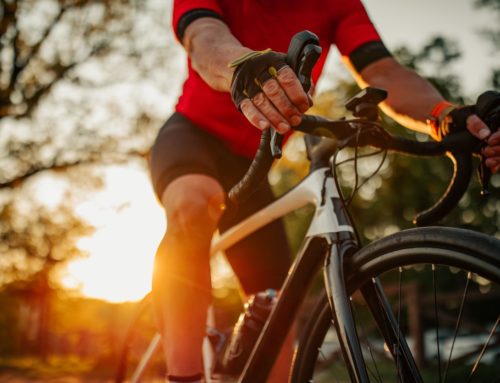
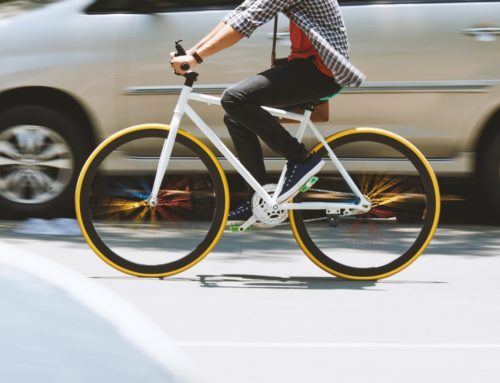
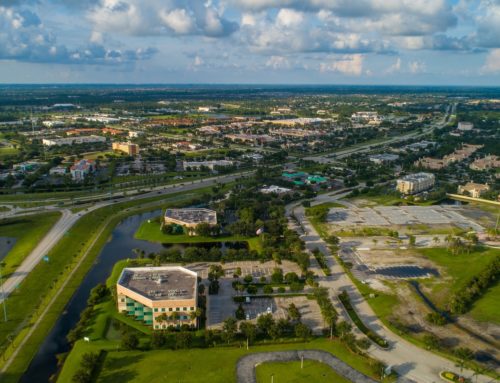
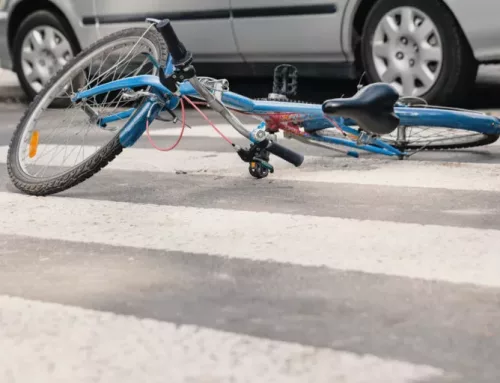
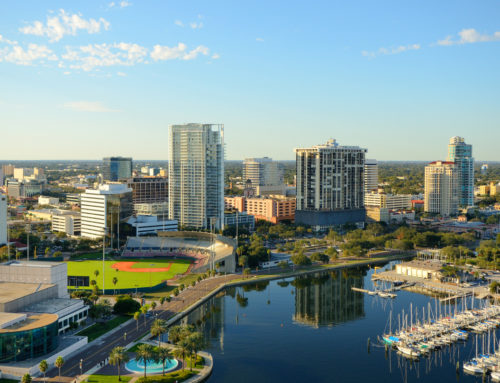
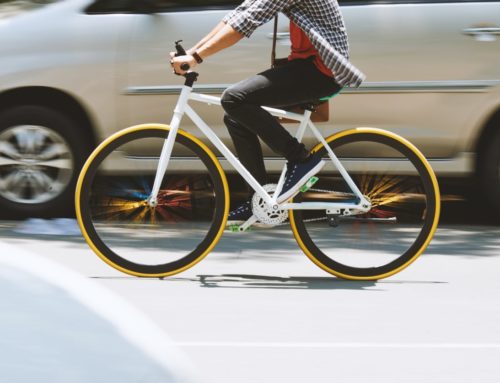
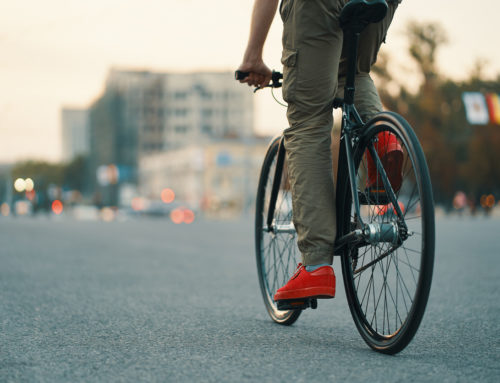
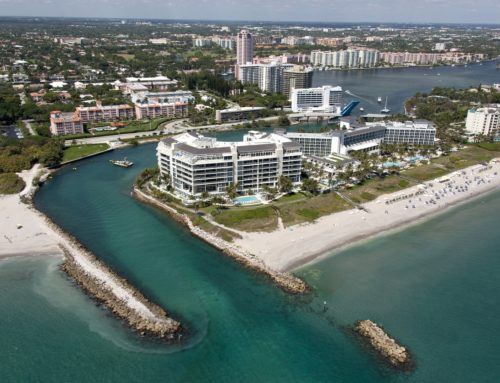
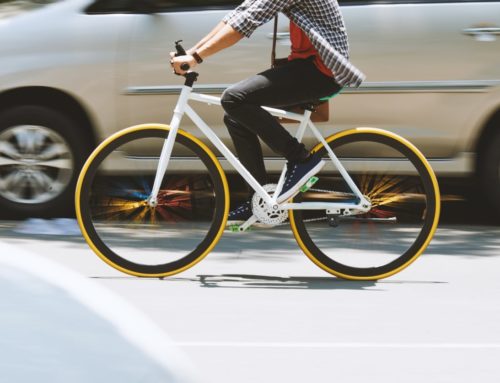
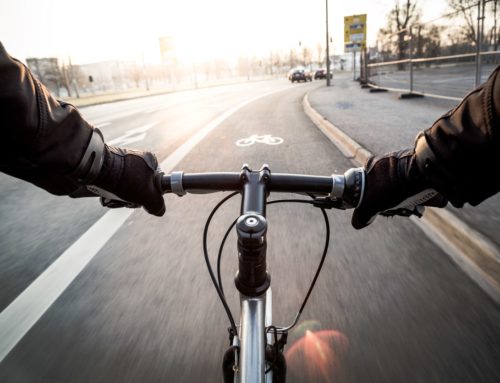
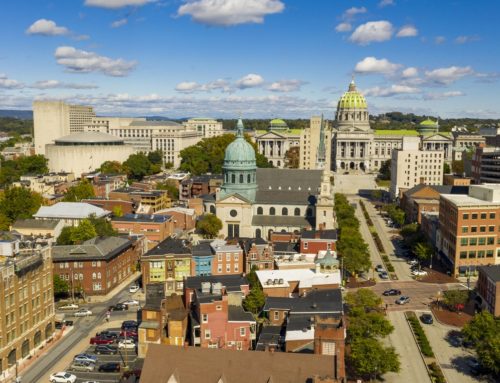
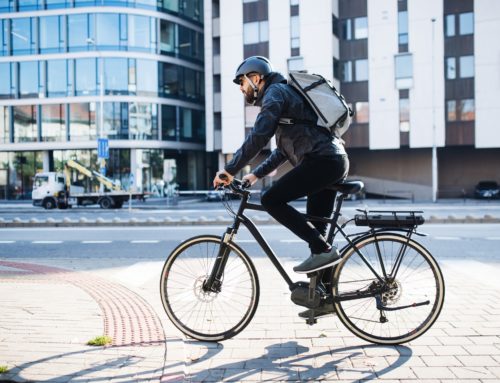
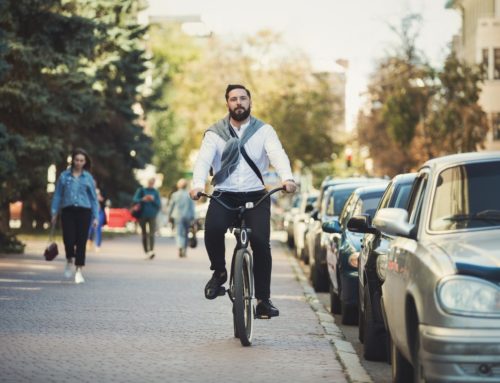
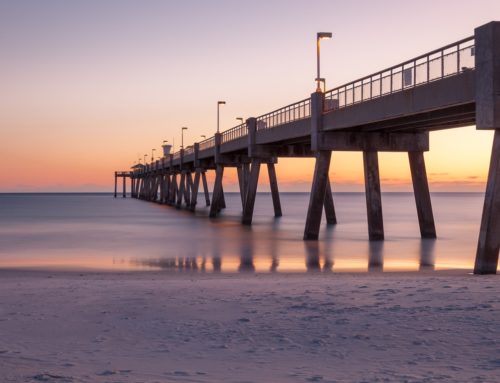
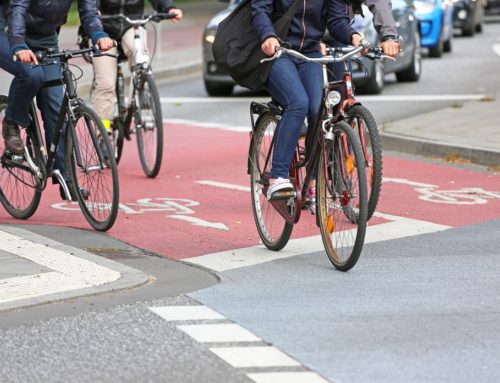
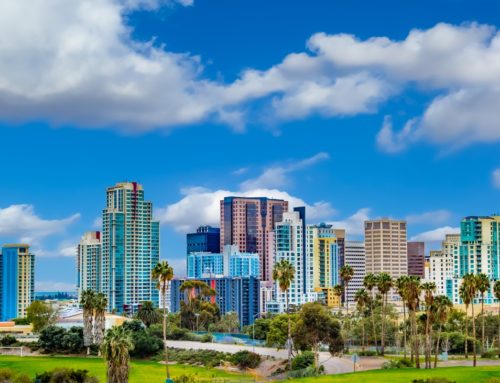
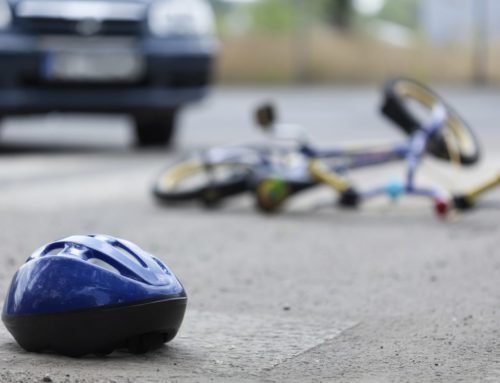
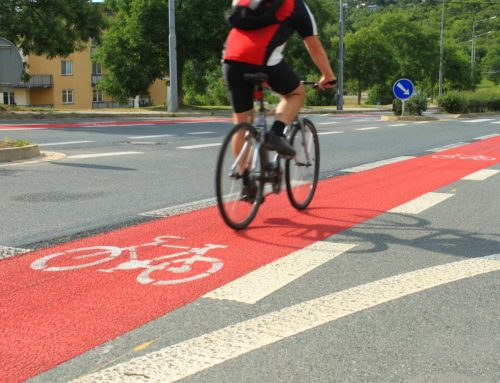
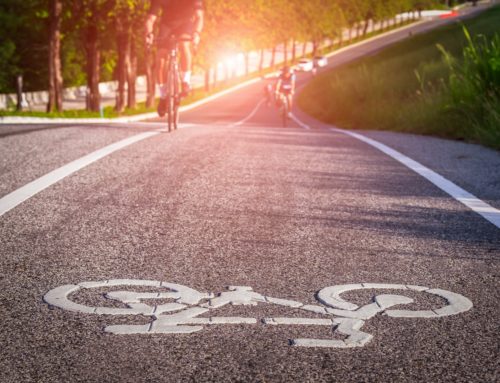
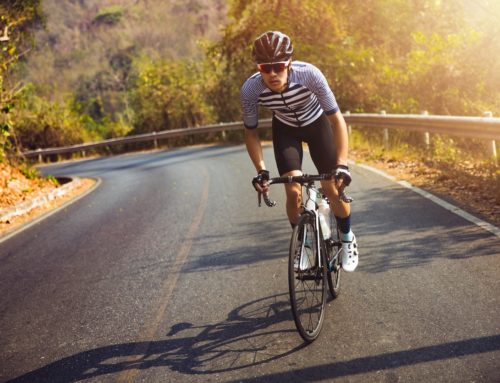
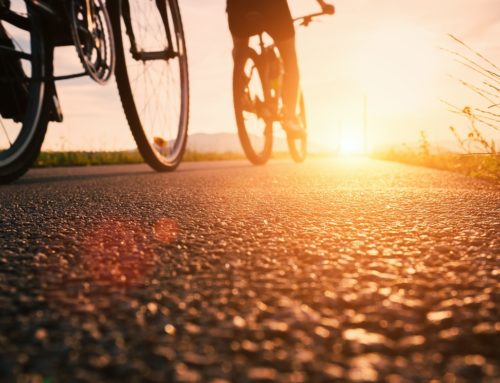
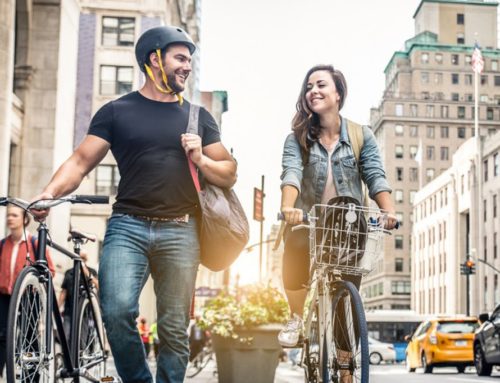
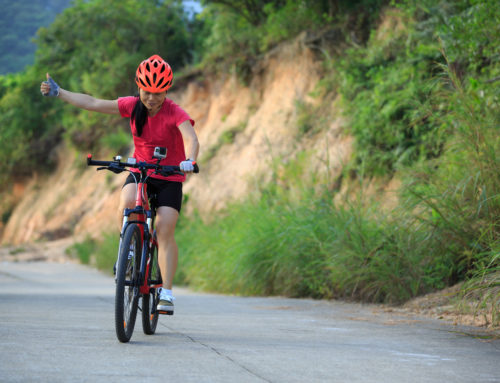
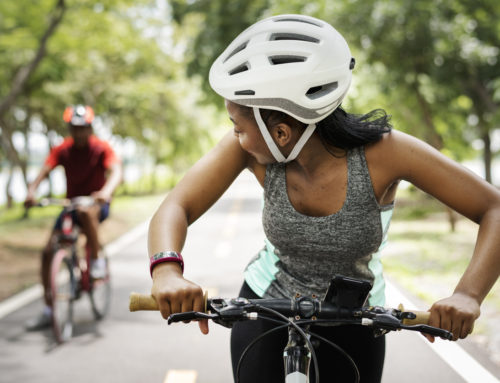
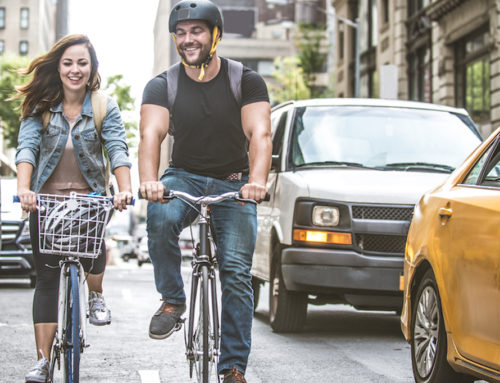
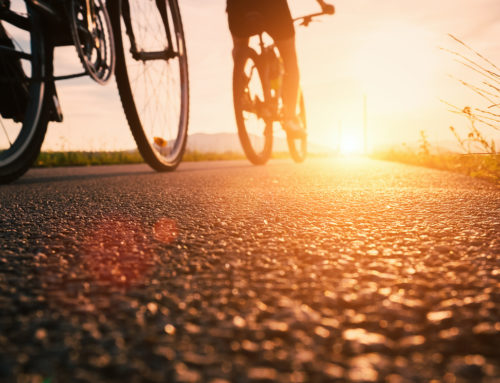
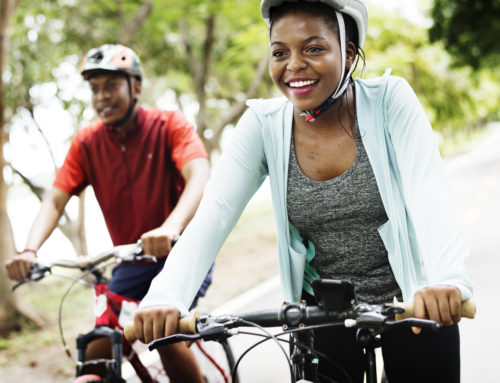
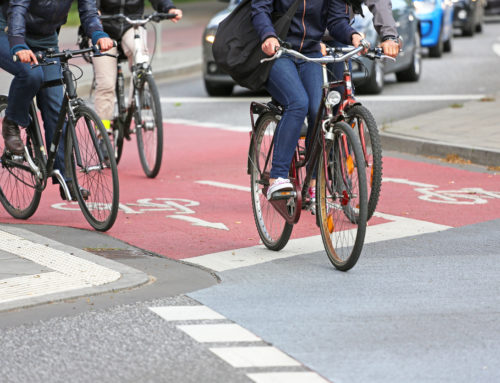
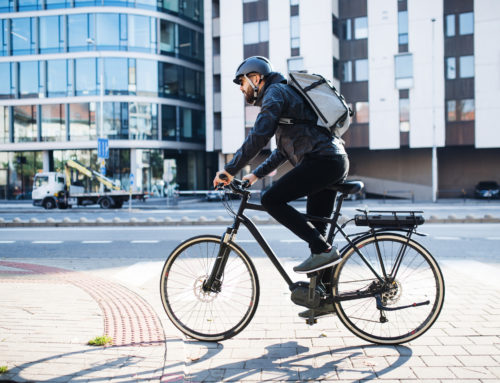
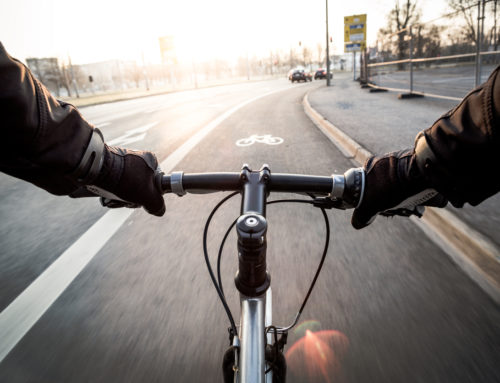

Leave A Comment